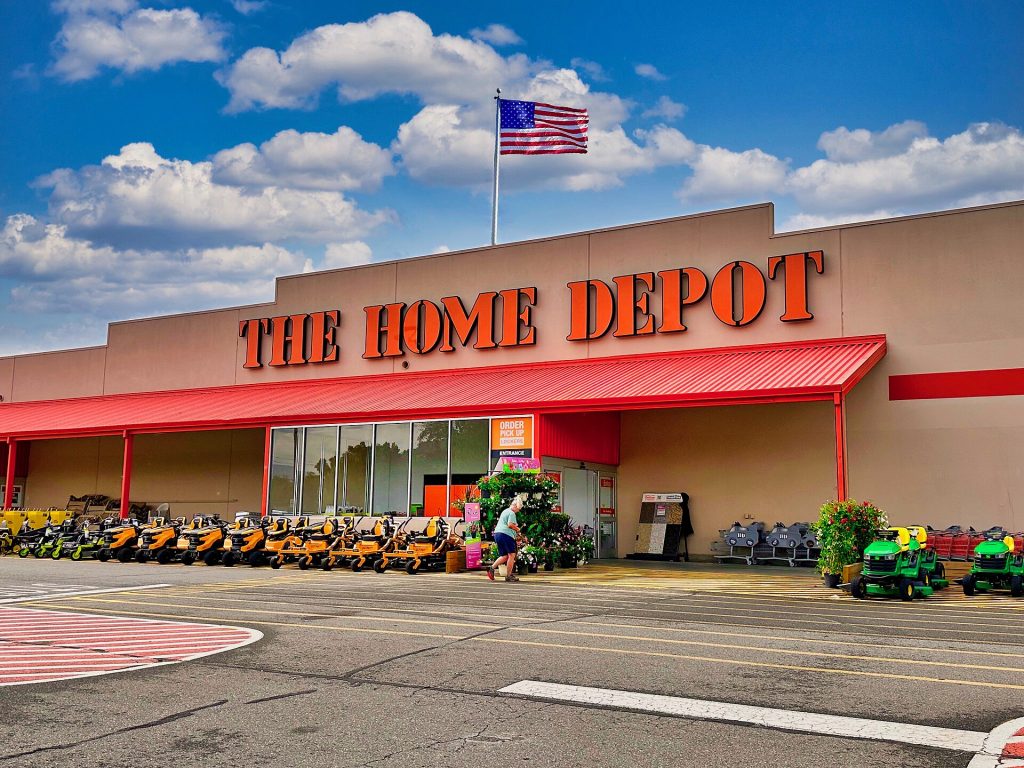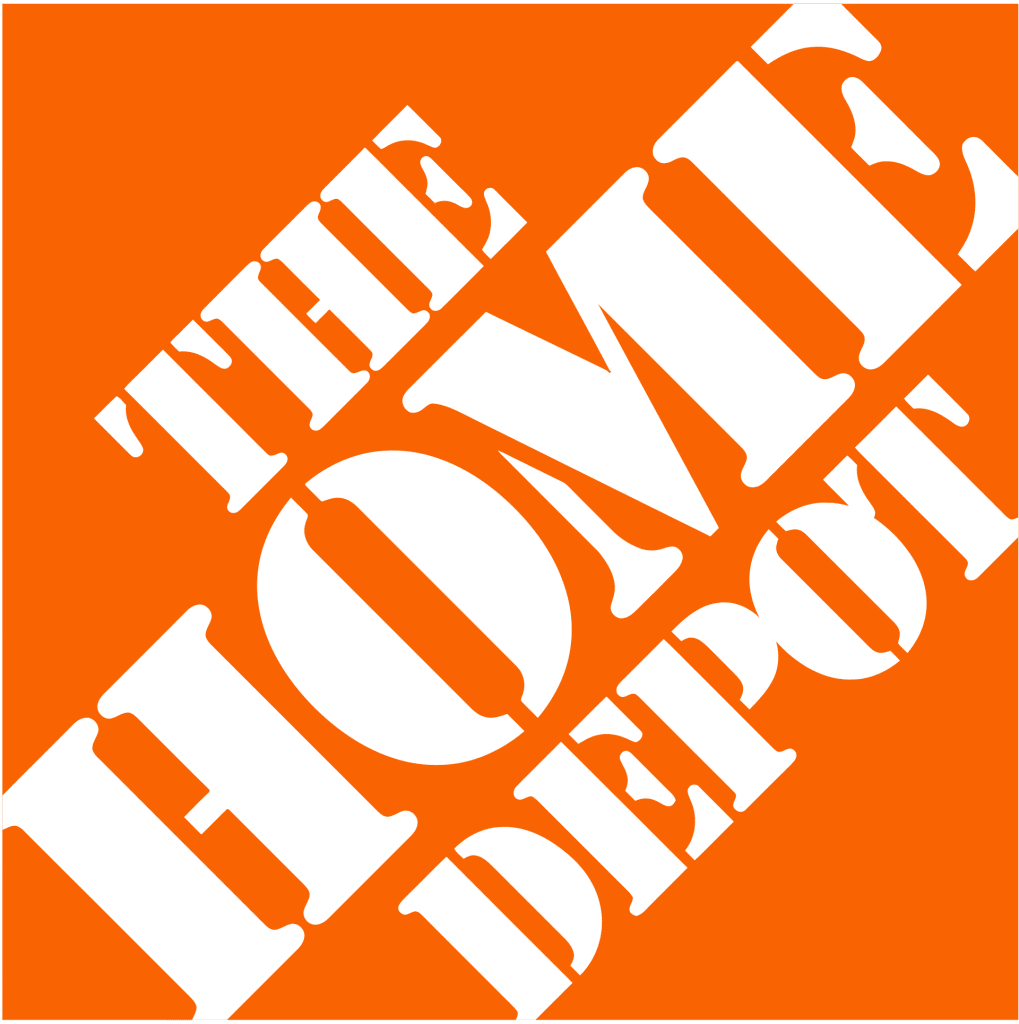
Prologue — A Termination Letter and a Blueprint (1978, Los Angeles)
The rain had just cleared over Los Angeles. Inside a shabby diner, Bernard Marcus stirred his cold coffee. In a crumpled envelope lay his termination letter. Across from him, Arthur Blank gave a wry smile.
“It’s over, Bernie.”
“No, it’s the beginning.” Bernie folded the letter and shoved it into his pocket. “A chain fired us. But it’s the garages of America that will hire us.”
The door swung open. Ken Langone walked in, coat dripping with rain.
“Gentlemen, I made some calls. They said your idea is insane.”
Bernie looked up. “A warehouse giant under one roof—tools, materials, advice, and price. Customers won’t just buy a product. They’ll see what they can accomplish.”
Pat Farrah spread out a sketch. “Shelves rising like walls, prices low, employees in orange aprons that can’t be missed. A customer picks up a hammer, and our people sketch out a project.”
Ken sighed. “And the money?”
Bernie smiled. “If we don’t have it, we sell stock. We sell the dream.”
That night, the four men drew their first superstore on napkins. The name wasn’t settled yet, but the color was. Orange. The color that ignites people’s eyes.
Part I — Lighting the First Fire (1979–1981)
Chapter 1. Atlanta, the Click of a Stapler
June 22, 1979. Two warehouse-sized stores lit up on the southwest side of Atlanta.
The first customer stepped out of his gray pickup and muttered, “What on earth is this?”
Plywood stacked to the ceiling, walls lined with tools, the smell of paint. The prices were low. Really low.
An orange-aproned employee approached with a smile. “What are we fixing today?”
“My sink leaks.”
The employee sketched a water line. “A bushing, some tape, a wrench set. And come to our Saturday workshop. We’ll fix it together.”
At noon, Bernie whispered to Arthur as they walked the aisles. “We’re not selling merchandise. We’re selling courage.”
By closing, the cashier reported, “First-day sales—double projections.”
At 11 p.m., an alarm: inventory empty. Suppliers groaned when the phone rang.
“Are you insane? Saturday night?”
Ken grabbed the receiver. “Damn right. If this city is to wake to the sound of hammers, the trucks roll tonight.”
By 2 a.m., the first resupply truck arrived. Sawdust clung to aprons. From that night, Home Depot’s midnight logistics became legend.
Chapter 2. The Oath of Orange
Three weeks later, Saturday morning workshop. A 16-year-old girl stood with her father.
“I want to build a deck.”
An employee corrected her grip on the power saw. The girl nodded in rhythm with the cutting sound.
Bernie scribbled on paper from the sidelines:
“We do not sell goods. We sell the feeling of can-do.”
Chapter 3. The Bell and the Breath (1981 IPO)
Summer 1981, New York. The bell of the exchange rang.
Arthur laughed, nudging Bernie. “Hear that? It’s the sound of our stores.”
Bernie answered, “No. That’s the sound of customers driving nails echoing here.”
The celebration ended quickly. The CFO slid numbers across the table. “We’re alive. But cash is still our lifeline.”
Bernie nodded. “Then tomorrow, we tie the knot again.”
Part II — Valleys of Debt and Wind (1982–1989)
Chapter 4. Florida, Salt in the Air
Florida’s first store manager wiped his brow.
“It’s humid here. Wood bends differently.”
A local carpenter muttered, “And the hurricanes are our real customers.”
By the first summer, inventory rotation broke down. Overstocks in one aisle, shortages in another. Bernie flew in and taped lines on the floor.
“Separate inbound, picking, and customer flows. Trucks arrive at dawn, restocks at midnight, workshops on Saturday mornings.”
Employees walked the taped paths. The aisles flowed like rivers. The shelves breathed again.
Chapter 5. The Weight of Debt
Expansion costs ballooned. Debt soared. The CFO’s voice trembled.
“We have two months.”
Ken Langone rose. “Then we burn the night oil with the banks. This isn’t a store. It’s a category killer. They’ll believe.”
Weeks later, a bank relented—with harsh conditions.
Bernie gathered employees. “I won’t sugarcoat it. But I promise you one thing. We will not let customers walk away.”
Chapter 6. The Habit of Orange
- Closing time. Rain tapped the roof. A rookie asked, “Why do we change price tags so often?” A veteran chuckled. “Price isn’t a brick. It’s a breath. Inhale, exhale. That’s life.”
By then, Home Depot had overtaken Lowe’s to become America’s largest home improvement retailer. They didn’t just win a rivalry. They rewrote the rules of the market.
Part III — Borders, Accents, and Hammers (1990–2001)
Chapter 7. Maple-Scented Lumber (Canada, 1994)
Toronto suburbs. The newly acquired Aikenhead’s bore a fresh orange sign.
Local manager: “Here, winters are long. Insulation, weather seals, snow shovels—these are lifelines.”
US rep: “We need to standardize—”
Local staff cut in. “Standardization begins by learning our people.”
That night, the rep wrote in his notebook:
“I thought we came to teach. We came to learn.”
Chapter 8. Between Two Cultures (Mexico, 2001)
Mexico City. Store opening prep.
Local team: “Here, customers prefer ‘Do it with me’ over DIY.”
Bernie, now advisor: “Then let’s pivot. Wider workbenches, more consult counters, and stronger contractor connections.”
On opening day, Spanish and English swirled together. The smell of lumber mingled with lime and chili. When cultures mix, hammer strikes gain an accent.
Part IV — Between Numbers and People (2000–2007)
Chapter 9. The Shadow of Metrics
Early 2000s. CEO Robert Nardelli pointed at graphs.
“Double efficiency. Manage with metrics.”
Aisles gleamed. Reports gleamed more. Customers’ eyes dimmed.
One store manager wrote to HQ:
“The more reports I file, the less I see in the customer’s eyes.”
When Nardelli left in 2007, new CEO Frank Blake held a town hall.
“We are a store company. Reports don’t greet customers. Aprons do. KPIs don’t help people. We do. Let’s start again from the aisles.”
The applause carried both joy and relief.
Part V — Rising from the Floor (2008–2015)
Chapter 10. Silent Aisles (Post-Lehman)
Winter 2008–09. Customers trickled. Housing froze. Neon signs reflected on empty floors.
Frank asked during an early inspection, “What’s the most common phrase you hear lately?”
Employee: “‘Now’s not the time.’”
Frank: “Then we answer, ‘Yes, even now.’ Small project corners, expanded paint consultations, double weekend classes.”
Chapter 11. The Pro Desk
Contractor Luis stormed in.
“I need rebar delivered across town by tomorrow dawn.”
Pro Desk agent Kayla tapped her keyboard. “Two trucks, split routes. QR code pickup at site.”
Luis grinned. “Tonight, I’ll sleep at home, thanks to you.”
- Home Depot acquired Interline Brands. The Pro market wasn’t just larger—it was heavier. It carried trust.
Part VI — Between Apps and Warehouses (2016–2019)
Chapter 12. Clicks and Carts
The mobile app launched scan and search.
A young couple held a lamp. “Compatible socket? Aisle 19, Shelf 7?”
An apron appeared. “Correct. And here’s the install video.”
The couple wheeled their cart steadily. Digital opened the path. Humans held the hand.
Chapter 13. The RDC — Heart of the Night
Outside Atlanta, the Rapid Deployment Center. Conveyors roared like a river all night.
Manager: “Peak season—millions of boxes sail from here.”
Night worker Jay smirked. “We don’t need lighthouses. We’ve got algorithms.”
Part VII — Pandemic and Promises (2020–2023)
Chapter 14. The Parking Lot Frontline
Spring 2020. Inside, plexiglass barriers. Outside, curbside pickup lanes.
A mother in an SUV lowered her window. “Thanks. I need to build a desk at home.”
Employee Mia loaded the box. “You’ll finish today. I’ll send the video.”
Rain fell. Mia almost dropped her gloves. A coworker tapped her hand.
“We do the work of promises. We deliver today, today.”
Chapter 15. The Decision in Orange
2023, HQ town hall. Exec announced:
“This year we’ll raise hourly wages by $1 billion. Two reasons: fairness and the future of skill.”
Applause rang out. Some were calculated. Some were respect.
Part VIII — Tomorrow of Current and Sawdust (2024–2025)
Chapter 16. Orange + Green
Solar panels, insulation, smart thermostats.
An elderly couple: “Our kids tell us to cut our carbon footprint.”
Consultant: “Then let’s start with an energy-savings calculator before we drill.”
Orange aisles now glowed with green accents.
Chapter 17. Final Aisle Check
Ten minutes before closing, manager Samir walked the aisles.
Price tags aligned, pallets safe, signs clear.
He whispered,
“We don’t sell wood and paint. We sell confidence. The belief that you can build a wall, hang a door, fix a life.”
Lights dimmed. Dust, sawdust, paint smells lingered. In the lot, truck brake lights flashed, carrying tomorrow’s courage.
Epilogue — The Orange Front
5 a.m. The first truck docked. Cold air spilled in.
Samir tightened his apron.
“Open.”
Doors rolled up. Another day of the Orange Front began. Hammer strikes, algorithms, and human breath all met in one aisle, turning houses into homes.

